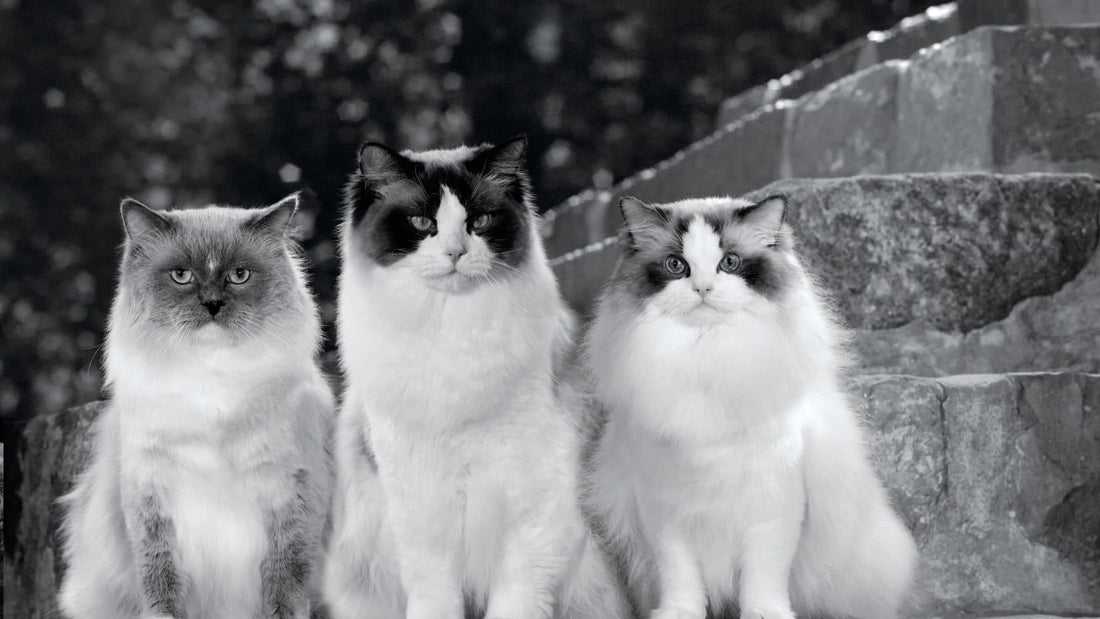
Senior Cat Food (10+ years old)
Share
Why feed your pet senior cat food?
Nutritional requirements change as cats age. Nutrient needs are highest in kittenhood to support growth and development, decrease through adulthood, then increase again in senior cats.
When do I need to switch to senior cat food?
As pets age, their nutritional needs continue to change. Most nutritionists and veterinarians recommend switching to a senior food before your cat begins showing signs of aging. Many factors must be taken into consideration, and your veterinarian will help you identify the right time to switch to a senior food.
We often observe a change in our cat’s behavior as they slow down a little. However, before we see these changes, our cats are going through physiological changes that are not visible to us. These are primarily nutritional changes such as a decrease in nutrient absorption.
Vetdiet® senior cat food is formulated to account for the changes occurring as your pet approaches their golden years. We recommend following the age guidelines (10 years and up) as well as your veterinarian’s advice, and switch your pet to a senior food before you start seeing the obvious signs of aging.
What are the signs that my cat is aging?
Your cat might show a change in behavior before showing any physical signs of aging. No cat is the same, however, so you might want to stay alert for changes in your cat’s:
- Skin and coat (a change in color and skin elasticity)
- Joints (movement problems)
- Teeth (dental disease)
- Eyes (cloudiness)
- Ears (hearing acuity)
You should always rely on your veterinarian’s advice when determining the time to switch your cat to senior cat food. If your cat suffers from a disease that is associated with aging, such as kidney disease, your veterinarian may suggest a therapeutic diet.
What to do if my senior cat won’t eat?
When changing your cat’s diet, such as switching to a senior food, your cat may be somewhat reluctant to accept the change. This can occur especially with older cats. Your cat might not like the surprise and will request you serve them their old food.
When switching over to Vetdiet® senior cat food, you need to do so gradually. Start the transition by feeding your cat a mixture containing 75% of the old food and 25% Vetdiet®. Then, over the next 7 to 10 days, increase the relative proportion of Vetdiet® senior cat food until the transition is complete.
But if your senior cat won’t eat for any apparent reason, don’t wait – call your veterinarian. A more serious underlying condition could be why.
What to look for in senior cat food?
After your veterinarian confirms that your cat is now ready to eat senior cat food, you need to look for a food that is formulated to deliver the right level of nutrients and energy to promote lifelong health in senior cats.
A premium dry senior cat food with high-quality ingredients and a poultry or meat-based protein, such as Vetdiet® senior cat food, will ensure that your older cat gets all the nutrients they need. The dry food will also help to remove plaque on your cat’s teeth to help prevent dental disease.
You might also want to add some wet food with your premium dry senior cat food to make sure that your senior cat stays well hydrated.